Hi all,
I have a Nikon d7000 w/ a nikon 24-85 f/2.8-4.0D IF AF zoom(whatever all that means). In the manual, it sates :
"Do not use AF lenses with the lens focus mode switch to M and the camera focus mode selector to AF. Failure to observe this precaution could damage the camera."
Does this apply to my lens? Is it an AF-S Lens or an AF lens?
Why is focal length so important? Does is come into play with all focusing or manual focusing?
I'm a complete newb, but have learned about shutter speed, aperature, ISO, amount of light, and how it affects exposure. I have been playing around with these settings (using the auto focus) but have not tried the manual focusing yet. Any words of advice to simplify things when I practice? Should I always try shoot in manual or only when the camera is having difficulty focusing? Also/ learned a little bit about JPEG vs. RAW(NEF) do you guys have a preference and for a beginner who will probably do very minor editing i.e. cropping, lighten/darken, etc... I learned that RAW has more data so you have more to work with when editing but should I just keep shooting in JPEG?
Sorry if these questions are insulting to you. Cheers in advance!
I have a Nikon d7000 w/ a nikon 24-85 f/2.8-4.0D IF AF zoom(whatever all that means). In the manual, it sates :
"Do not use AF lenses with the lens focus mode switch to M and the camera focus mode selector to AF. Failure to observe this precaution could damage the camera."
Does this apply to my lens? Is it an AF-S Lens or an AF lens?
Why is focal length so important? Does is come into play with all focusing or manual focusing?
I'm a complete newb, but have learned about shutter speed, aperature, ISO, amount of light, and how it affects exposure. I have been playing around with these settings (using the auto focus) but have not tried the manual focusing yet. Any words of advice to simplify things when I practice? Should I always try shoot in manual or only when the camera is having difficulty focusing? Also/ learned a little bit about JPEG vs. RAW(NEF) do you guys have a preference and for a beginner who will probably do very minor editing i.e. cropping, lighten/darken, etc... I learned that RAW has more data so you have more to work with when editing but should I just keep shooting in JPEG?
Sorry if these questions are insulting to you. Cheers in advance!




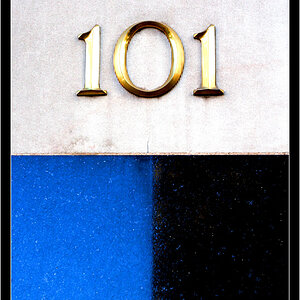
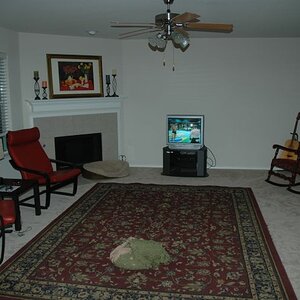
![[No title]](/data/xfmg/thumbnail/37/37604-7ad625e983f92f880eb65a264eeef5e4.jpg?1619738148)
![[No title]](/data/xfmg/thumbnail/37/37603-739c5d9b541a083a12f2f30e45ca2b7b.jpg?1619738147)
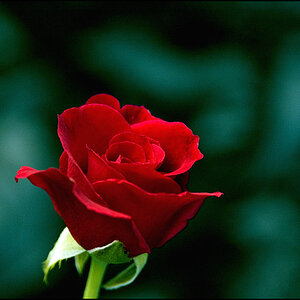
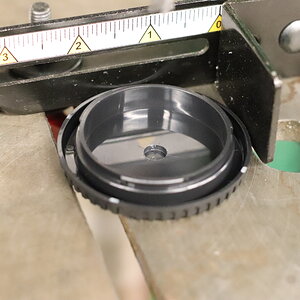
![[No title]](/data/xfmg/thumbnail/38/38743-ad854d502dddc7f41a927f1731a504cd.jpg?1619738704)
![[No title]](/data/xfmg/thumbnail/38/38741-89a8c6f9d841889783a4fae2b8c40902.jpg?1619738704)
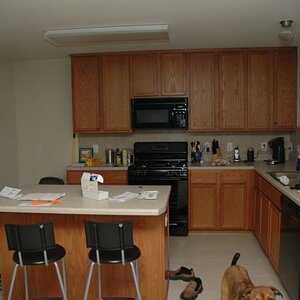
![[No title]](/data/xfmg/thumbnail/33/33490-cbbf9df0a1c31291ee7a3759afe943cc.jpg?1619736003)